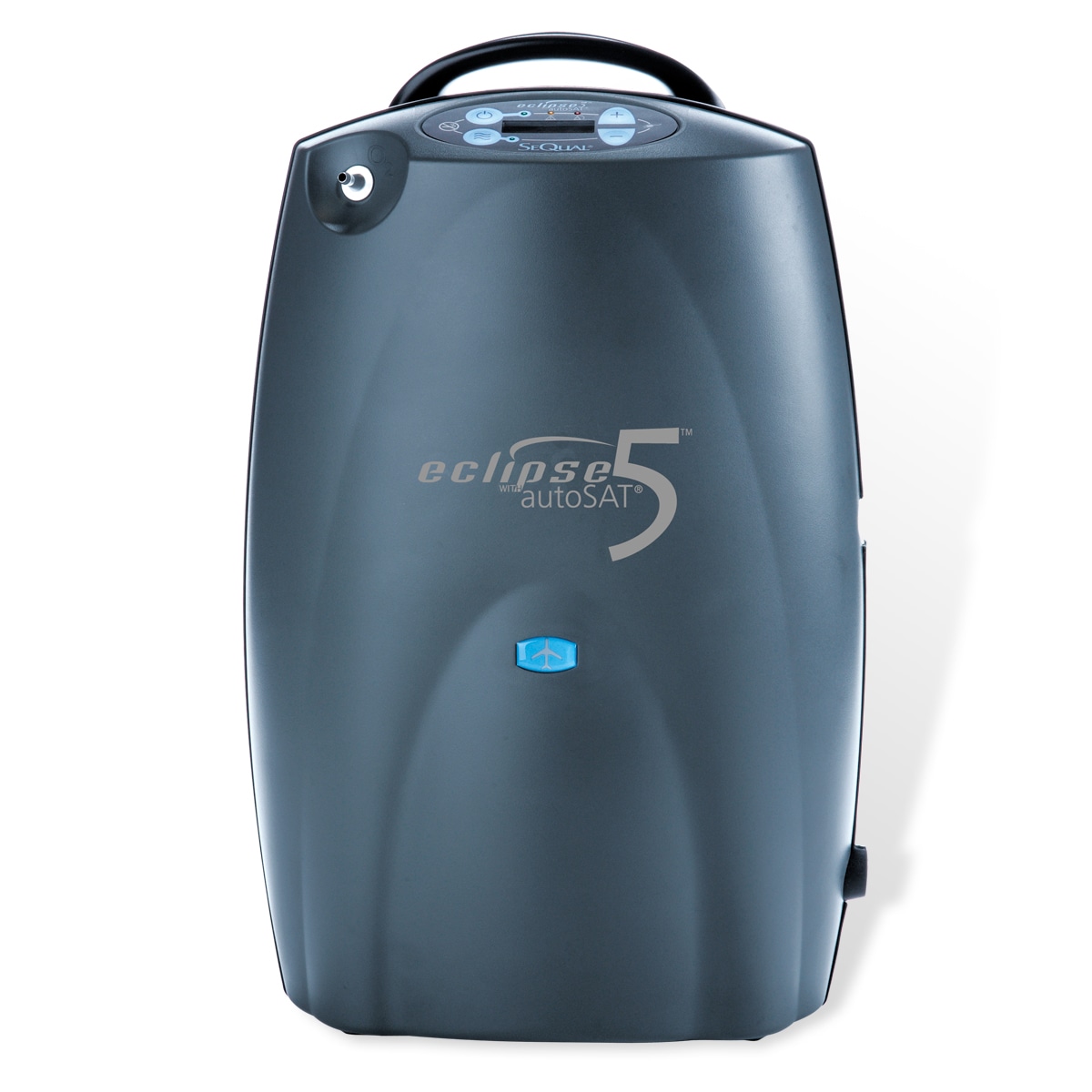6 Simple Techniques For Portable Oxygen Concentrators
Wiki Article
Portable Oxygen Concentrators - An Overview
Table of ContentsThe Best Guide To Portable Oxygen Concentrators6 Simple Techniques For Portable Oxygen ConcentratorsThe 20-Second Trick For Portable Oxygen ConcentratorsThe Ultimate Guide To Portable Oxygen Concentrators
Stationary oxygen concentrators were as soon as the requirement, yet these containers could weigh 50 pounds and were extremely difficult (Portable Oxygen Concentrators). Now, portable oxygen concentrators do the job, and they can fit right into a handbag or bag! The only thing you must maintain in mind is that mobile concentrators have a lot more minimal oxygen distribution capacitiesThere are 2 main types of portable oxygen concentrators: pulse dose and constant flow. As the name suggests, pulse dose concentrators supply oxygen periodically, just turning on when you breathe in. This type of gadget is typically suggested for COPD individuals with restricted oxygen needs, as the amount of O2 that a pulse dose concentrator can deliver is relatively reduced.
This gadget can provide up to 3,000 m, L of oxygen every minute, while pulse dose devices tend to cap out at 1250 m, L. Continuous flow devices are the go-to for most COPD clients, as they're perfect for people who require 2 to five litres of oxygen a min.
Currently that you have this guide to the different kinds of mobile oxygen equipments, pick the finest device with the aid of your medical professional.
Not known Facts About Portable Oxygen Concentrators
We know Americans use residential versions in home treatment situations. We questioned how well these portable oxygen concentrators would certainly function in healthcare facilities. POC concentrators increase the percentage of oxygen in ambient air individuals take in, whenever they require a boost. Private-use ones are little enough to bring about, and may help prevent the demand to visit busy clinics and health centers.When it concerns mobile oxygen therapy, there are two main choices for distribution. These are mobile oxygen cylinders which include compressed oxygen gas, or oxygen concentrators, which utilize a battery powered system to press and filter air, in order to create a constant supply of concentrated oxygen. In this article, AMS Compound Cylinders Technical Supervisor, Tony Morrin, compares the 2, looking at the benefits and drawbacks of each oxygen shipment system for NHS medical oxygen customers in terms of patient freedom.

Portable Oxygen Concentrator Oxygen purity is constantly greater when provided from cylinders it never ever drops listed below 99. Whilst oxygen concentrators can be helpful for clients that require a reduced circulation of oxygen, cyndrical tubes provide higher concentrations that can be more appropriate for people with high circulation requirements.
The Best Strategy To Use For Portable Oxygen Concentrators
Both systems need the client to bring around equipment. For cyndrical tubes, this Learn More Here will include lugging a bag (and sometimes a trolley) and for mobile oxygen concentrators this will consist of the bag, cart and power charger. Weight wise, mobile oxygen concentrators can be similar in weight, or in some cases, lighter than conventional aluminium cyndrical tube systems.
They will certainly need to enhance considerably if they are to provide the exact same level of efficiency as similar composite cyndrical tubes. Oxygen always lugs a safety and security danger. On one hand, should cyndrical tubes spring a leak, they can produce an oxygen rich setting that might lead to a boost in fire risk.

The distinction is that there are considerable ahead of time prices to purchasing a portable oxygen concentrator, however lower running expenses using cyndrical tubes enables the buyer to spread out the price over a prolonged time period. One small drawback of a portable oxygen concentrator is the noise portable systems make a substantial amount of sound during procedure, which lots of individuals find distracting.
Some Known Factual Statements About Portable Oxygen Concentrators

official statement Our high-grade carbon composite cyndrical tubes supply high pressure (300 Bar), reduced weight, and NLL (Non-Limited Life) efficiency, and are recognized for usage worldwide. Additional info concerning AMS Composite Cylinders Ltd can be found at .
Oxygen concentrators are designed with individual mobility in mind. Whether it's a desktop computer variation for home usage or a smaller sized, light-weight version for on-the-go, these tools allow patients to move openly without being connected to a the original source fixed device. Particularly for the ones specifically designed for portability, patients can bring them about, promoting traveling and everyday activities easily.
One of the major conveniences of making use of an oxygen concentrator is the removal of the frequent need to re-fill oxygen storage tanks. This not only reduces the logistical challenges and frequent expenses connected with refills but also makes certain that the individual has a more foreseeable and steady resource of oxygen. Oxygen concentrators are created to fit perfectly right into the home atmosphere.
Report this wiki page